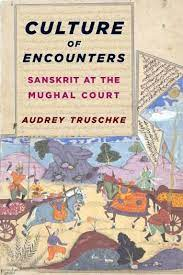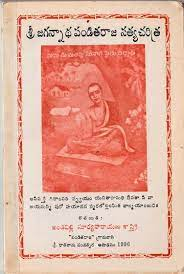In the wake of Mughal invasions,
the political relations between the newcomers and the indigenous bounded to be influenced
mutually. The Hindu and the Muslim communities
came to imbibe each other’s thoughts and customs. It was out of the desire for mutual
understanding that Hindu (Sanskrrit) religions literature was studied and
translated or summarized in the Muslim courts like those of Zain-ul-Abidin in
Kashmir and Husain Shah in Bengal.
Muslim courts and Muslim preachers and saints
were attracted to the study of Hindu philosophy like Yoga, Vedanta and the
sciences of medicines and astrology. The
growth of Urdu, of the mingling “out of Persian, Arabic and Turkish words and
ideas with languages and concepts of Sanskrit origin, is a proof of the
linguistic synthesis of the Hindus and the Muslims”.
The Mughal rulers of
India were patrons of education. Shah
Jahan, though more interested in magnificent building, was highly educated in
his early youth in Turki. He founded one
college at Delhi and repaired the college named Dar-Ul-Baqa (Abode of Eternity). In Dara Shukoh the Mughal imperial family
possessed one of the greatest scholars that India has ever produced. Well versed in Arabic, Persian and Sanskrit,
he was the author of some famous works, including Persian translations of the
Upanishads, the Bhagavad Gita, and the Yoga Vasishtha Ramayana.
Jagannatha Pandita (1590-1665
A.D), a protégé of Shah Jahan, is the author of five lyrics namely SudhaLahari,
AmrtaLahari, LakshmiLahari, KarunaLahari and GangaLahari. The SudhaLahari has thirty stanzas in praise
of the sun, AmrtaLahari ten stanzas praising the river Yamuna, LakshmiLahari forty
one stanzas in praise of Lakshmi, KarunaLahari which is also known as
VishnuLahari sixty stanzas in praise of Vishnu, and GangaLahari which is also
known as PiyushaLahari fifty two stanzas in praise of the river Ganga.
Apart from these works,
Jagannatha Pandita authored a combined
Gnomic and didactic poetry titled BhaminiVilasam contains four parts dealing
with Anyokti, Srngara, Karunya, and Santi in 101, 100, 19, and 32 stanzas
respectively in memory of his wife Bhamini.







No comments:
Post a Comment